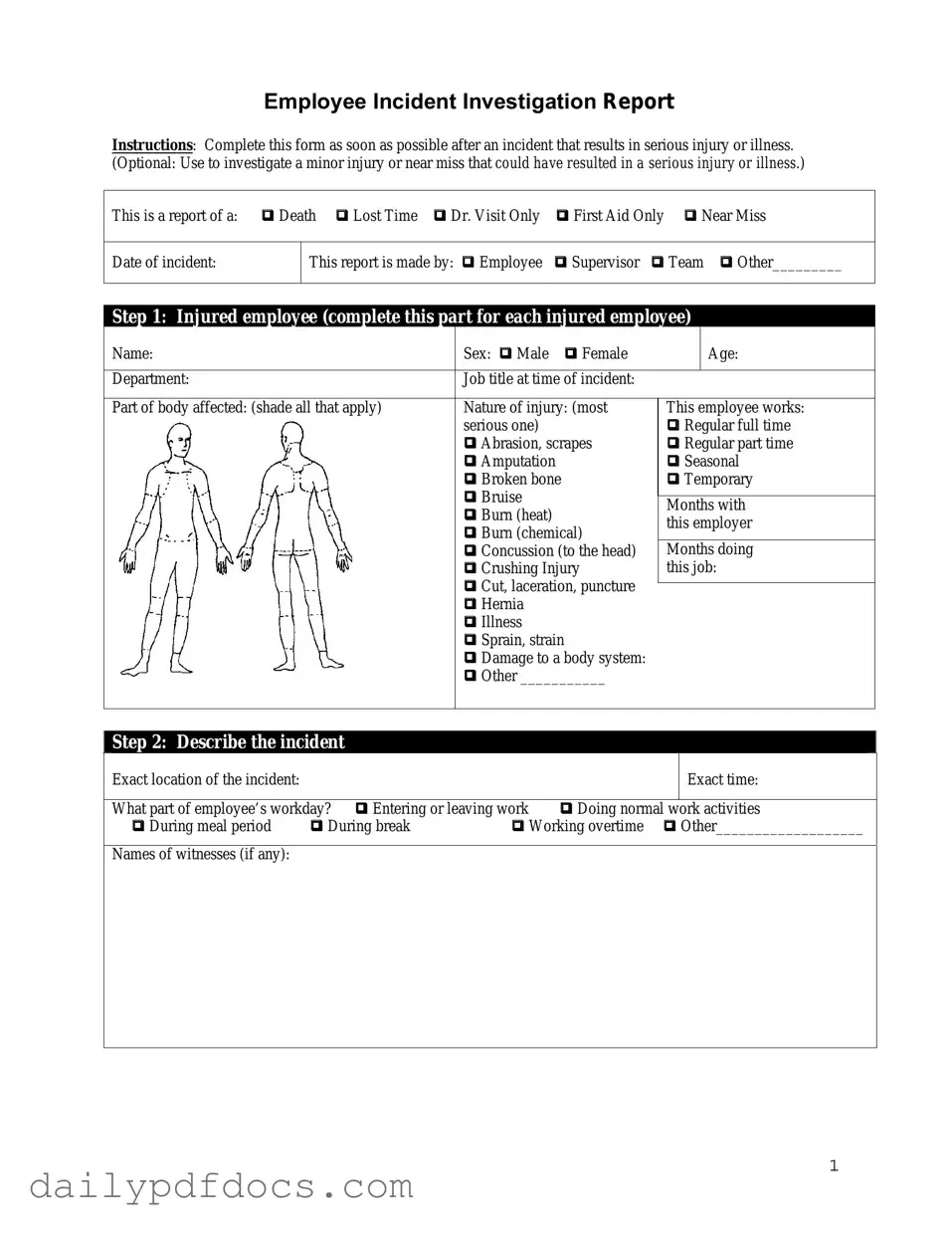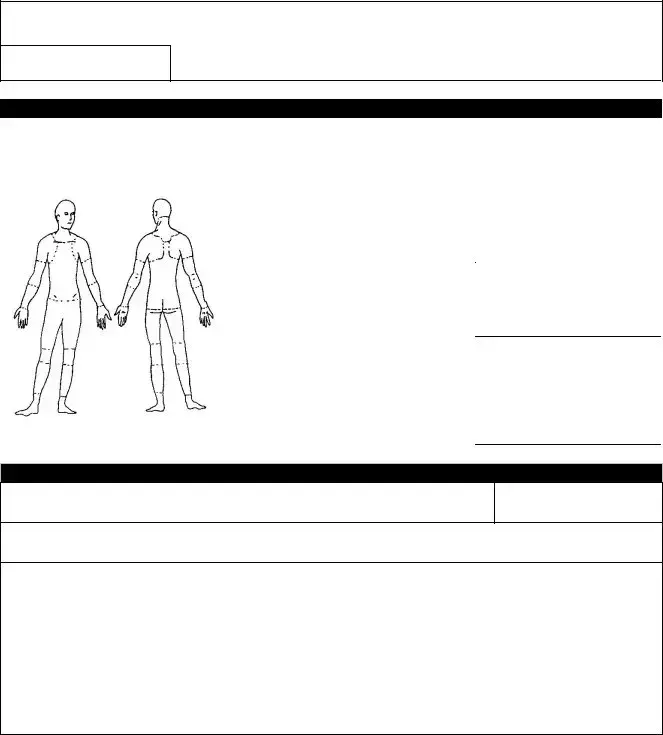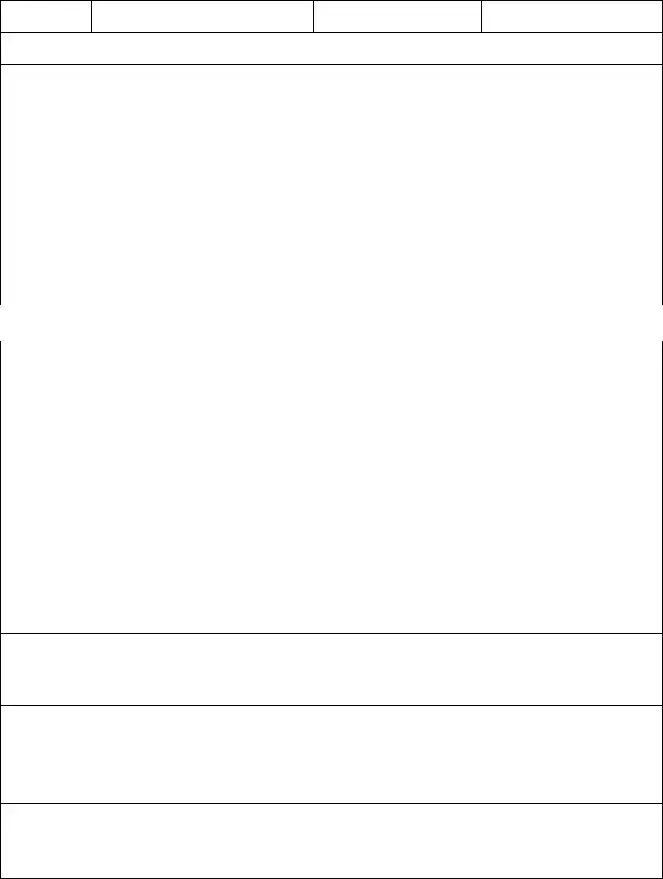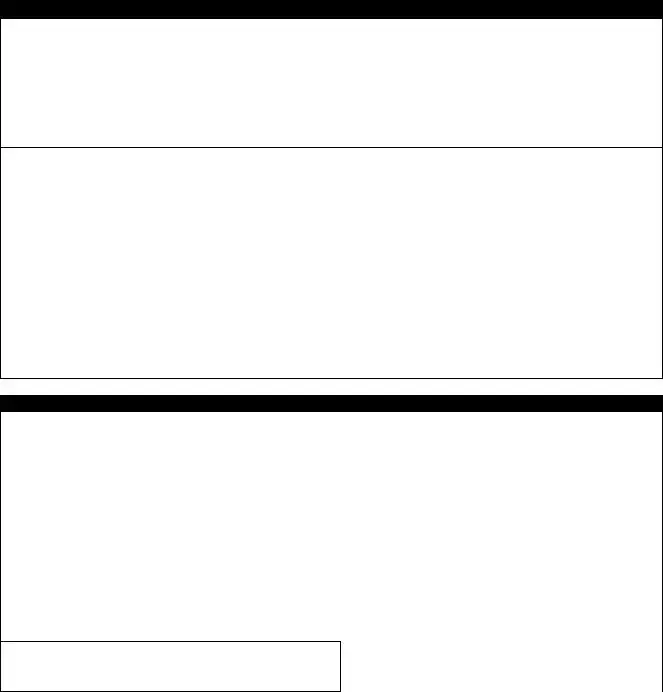What is the Employee Accident Report form?
The Employee Accident Report form is a document used to record details of any accidents that occur in the workplace. This form helps employers understand the circumstances of the incident and can be crucial for insurance claims and improving workplace safety.
Who should fill out the Employee Accident Report form?
The form should be completed by the employee who experienced the accident. If the employee is unable to fill it out due to injuries, a supervisor or another witness may complete the form on their behalf.
When should the form be submitted?
It is important to submit the form as soon as possible after the accident occurs. Prompt reporting helps ensure that all details are fresh in the minds of those involved and aids in a thorough investigation.
What information is required on the form?
The form typically requires details such as the date and time of the accident, location, a description of what happened, and any witnesses. It may also ask for information about injuries sustained and any immediate actions taken.
Is the information on the form confidential?
Yes, the information provided on the Employee Accident Report form is generally treated as confidential. It is used for internal purposes, such as improving safety protocols and addressing any necessary legal matters.
What happens after the form is submitted?
Once the form is submitted, it is reviewed by management or the HR department. They may conduct an investigation based on the details provided. This process can lead to changes in workplace safety practices if necessary.
Can the form be used for near misses?
Yes, the Employee Accident Report form can also be used to report near misses. Documenting these incidents helps identify potential hazards and prevent future accidents.
What if I don’t remember all the details?
If you cannot recall all the details, fill out as much information as you can. It is better to report incomplete information than to delay submitting the form. You can always provide additional details later if they come to mind.
Will I face any penalties for reporting an accident?
No, employees should not face penalties for reporting an accident. In fact, reporting incidents is encouraged to promote a safe working environment. Employers are generally required to investigate all reported accidents.
Where can I find the Employee Accident Report form?
The Employee Accident Report form is usually available through your company's HR department or on the company intranet. If you have trouble finding it, ask your supervisor or HR representative for assistance.



